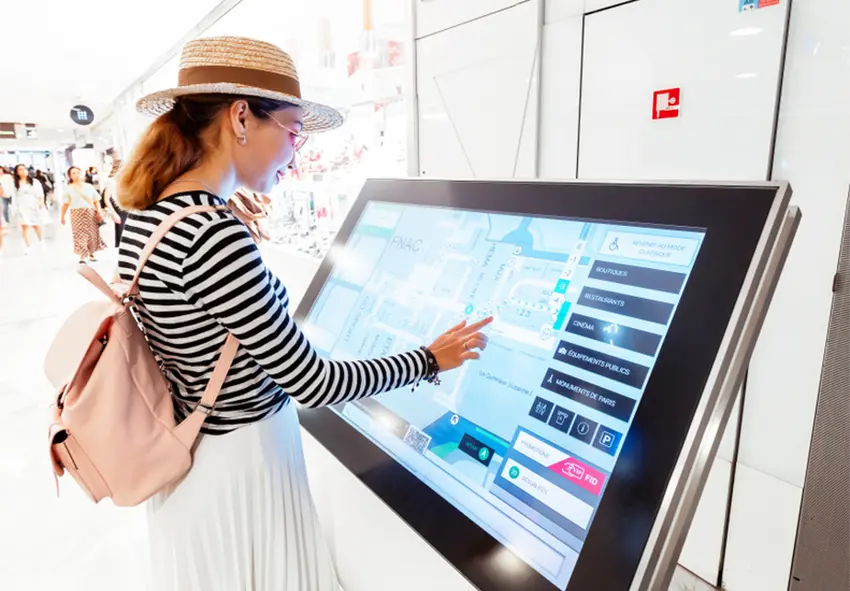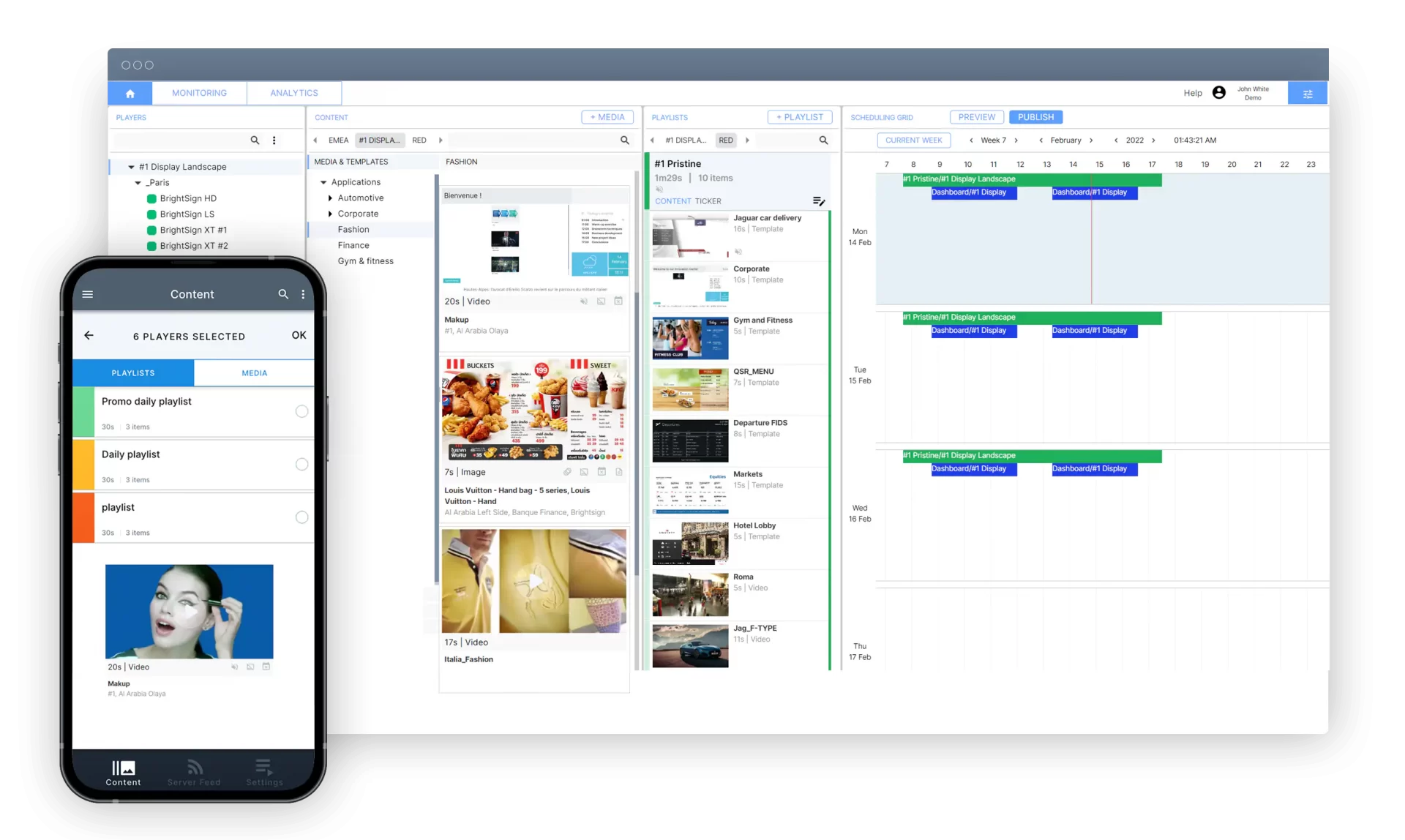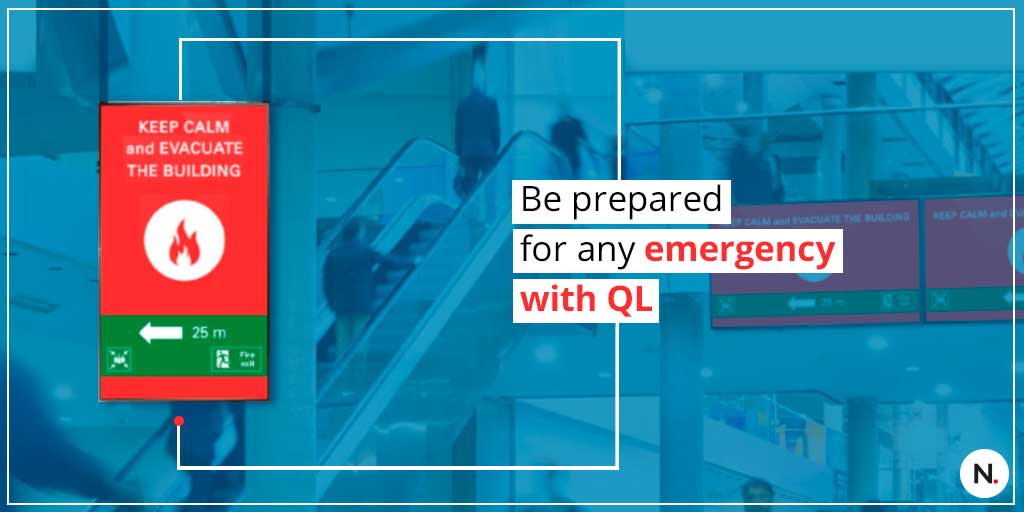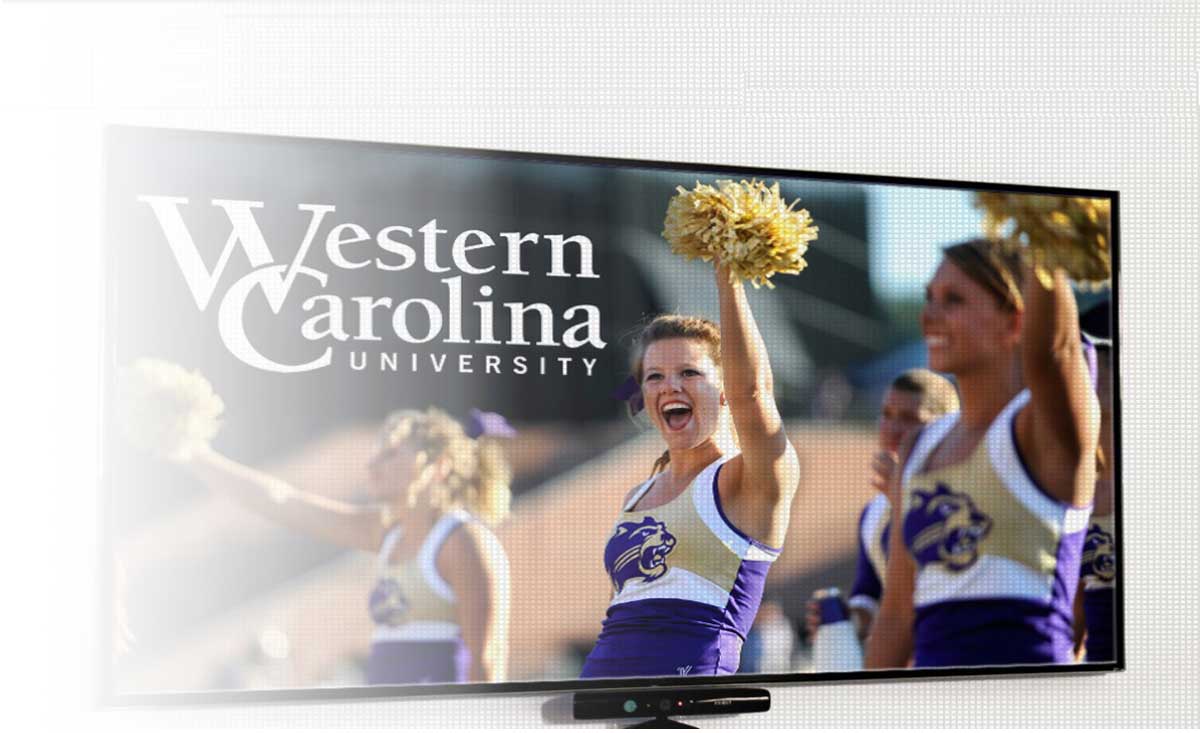Digital Signage in Schools and Education
Digital displays have become a common sight with rising popularity of digital signage in schools, colleges and universities. In fact, learning institutions around the world have been deploying digital displays at an increasingly rapid pace.
In this article, we’ll explore some of the current trends in education digital signage, and look at where the digital signage software industry is headed.
The millennials
Kids who grew up with smartphones and tablets are used to a digitally connected world. In fact, they expect the easy access to information that digital devices offer. Digital displays provide a new channel that educators can use to reach students in and around campus. This channel doesn’t replace personal devices like smartphones, tablets and laptops. It complements them.
Digital displays offer a level of control that isn’t available through social media alone. Messages can be tailored to a specific venue or event and delivered to specific locations. Content can be a mix of entertainment, school news and events, local information, and much more.
Finding your way
Finding your way around an unfamiliar building or a site you’ve never visited before is never easy. It can even be a stressful time for many. Classes can move to different locations, events and venues keep changing… Tracking it all an be very time consuming and often the information doesn’t get updated.
This is where digital displays come into play. Information shown on strategically located displays can be updated in an instant so students and visitors know where to go. There is no printed material to produce and distribute. Nothing to physically replace and discard. A few mouse clicks and the information is published and available to everyone, regardless of a building’s footprint or campus site layout. Content updates can also be automated, which helps free up school staff for other tasks. When you deploy properly designed wayfinding content, you save time for every student, faculty member, and visitor.

Keeping everyone safe
Digital displays have become a critical component of every school’s security infrastructure. Here’s why. Instant alert messages can be instantly published on specific screens or across an entire campus. Messages can be adapted to any situation or respond to different triggers. For example, a fire alarm and suppression system can trigger fire evacuation notices and help guide students to safety. A series of pre-programmed messages can be sent out to address a wide range of events, including live data, Twitter feeds or live information from any other source.
What about smartphones and tablets?
Smartphones and other personal communication devices are widely used, but they have limitations, especially during emergencies. For instance, smartphones can be lost or damaged, and they may not be effective in emergencies if users haven’t installed dedicated apps to receive messages. While many people have Twitter and Facebook Messenger on their devices, not everyone is guaranteed to have access to these apps. Some schools have created their own emergency messaging apps, but their effectiveness depends on people installing and activating them. Additionally, you need apps for different hardware platforms like Android and iOS.
On the contrary, an entire network of digital displays can be instantly updated with any message without requiring the audience to carry a device or have specific apps installed and enabled. This makes digital displays an ideal solution for emergency communication needs.
Classrooms
Schools use screens to display classroom occupancy schedules. This involves real-time data sourced from Google or Outlook calendars. Navori offers a data feed manager and a template designer, allowing ordinary users to create a template with graphics and add real-time data from these calendars. Each change is immediately reflected on the screen.
How do these systems work?
Digital signage software manages digital communication in any physical space. The size of screen used varies depending on it’s distance from the eyes of your audience. LCD technology may be used for distances of less than 30 feet, while larger LED displays may be used for a viewing distance of 10 meters away or more. Screens are usually installed in spaces such as corridors, common areas or cafeterias.
The site is usually divided into departments. Each screen displays content specifically for its department combined with more generic content for the organization as a whole. Staff work together to create content and programs each at their own level. Professional digital signage for education such as Navori software is designed for this type of collaborative content management effort.
Digital signage for education is easily managed using Navori’s Content Manager. Navori is extremely versatile, user-friendly and secure. This is why so many educational institutions rely on it for all of their screen-based communications.
To publish content, you will need digital displays connected to a full-featured CMS. Depending on the solution involved, there may be a back-end CMS server hosted locally or a hosted cloud service running the show. School staff with the proper credentials connect to the system via a front-end application (also called “dashboard”) that will let them upload new content, manage live information and update the displays. In most cases, there will be a PC or a standalone player connected to the display. However, new smart screen technologies let manufacturers embed the computer components inside each display, making installations quicker and easier than ever before.

What kind of information can you publish?
Create and manage any type of content: images, videos, presentations, websites, video streams and templates that contain real-time data feeds. You can include news feeds from RSS sources, weather forecasts, social media content or sports news with images. You can even animate static images using PowerPoint style transitions to liven up your content.
Live information from various sources (Twitter, Facebook, Google Calendar or other data sources) can be picked up and displayed independently from scheduled content. This information is updated continuously from each source so as people post new information, it gets displayed. There are various safeguards that can be implemented to curate content and ensure only approved material is shown at any given time.
School staff can also publish schedules, notices, memos including multimedia content like PowerPoint and other presentation material can also be added to the programming. Digital displays can show a range of media types and changes can be made on the fly so information is never stale, and always relevant to the audience.
Emergency messaging – Common Alerting Protocol
Educational institutions can use digital signage to screen instant messages, such as emergency alerts and evacuation notices. Navori can easily trigger these types of instant messages and is fully compatible with the Common Alerting Protocol (CAP) format.
Navori is also compatible with automated alert and fire detection systems. Our solution’s Navori Mobile app can also be used to trigger emergency messages and alerts using any smartphone or tablet.
With a QL-powered digital signage network, schools, colleges, and universities can improve the safety of any building or facility.

Digital menu boards for cafeterias and lunchrooms
Cafeterias and lunchrooms use digital menu boards to advertise daily menus and promote healthy eating habits. Show caloric content and identify vegan meals so students and faculty members can make educated meal choices.
Kitchen staff can make instant menu changes and update product photography from any smartphone or tablet using the Navori Mobile app.
In Conclusion
In conclusion, digital signage in schools is a beneficial and cost-effective way to improve communication between students, teachers, staff members, administrators, and the greater school community. By providing up-to-date information on events, activities, announcements and other important news items, digital signage can keep everyone informed and make it easier to stay connected. Furthermore, they provide an easy platform for displaying educational material that can help enhance student learning.
Finally, with their ability to capture analytics data from viewers’ interactions with content as well as their high impact visuals and eye-catching animations; digital signage provides a great opportunity for schools to engage their audience in an exciting way. Overall, implementing digital signage into any school setting is sure to be welcomed by all members of the school community.
